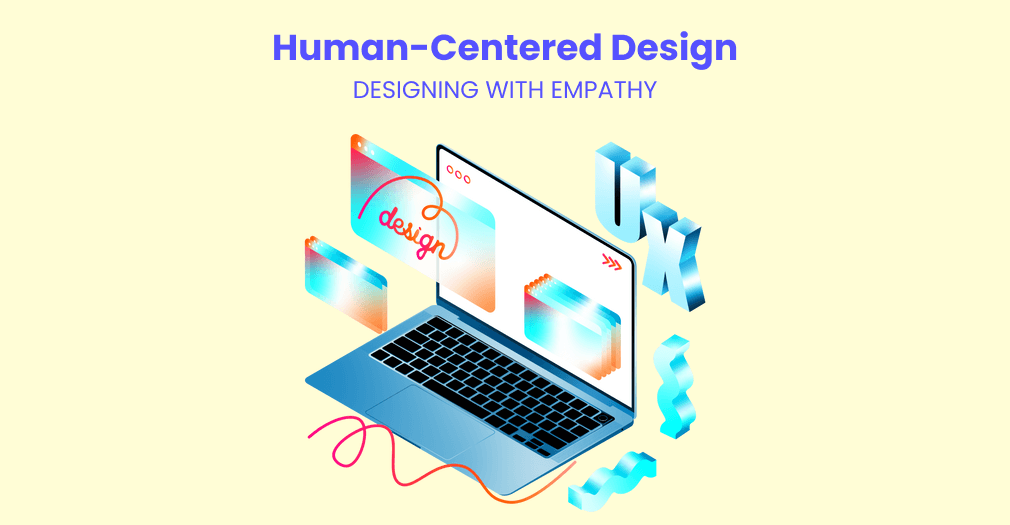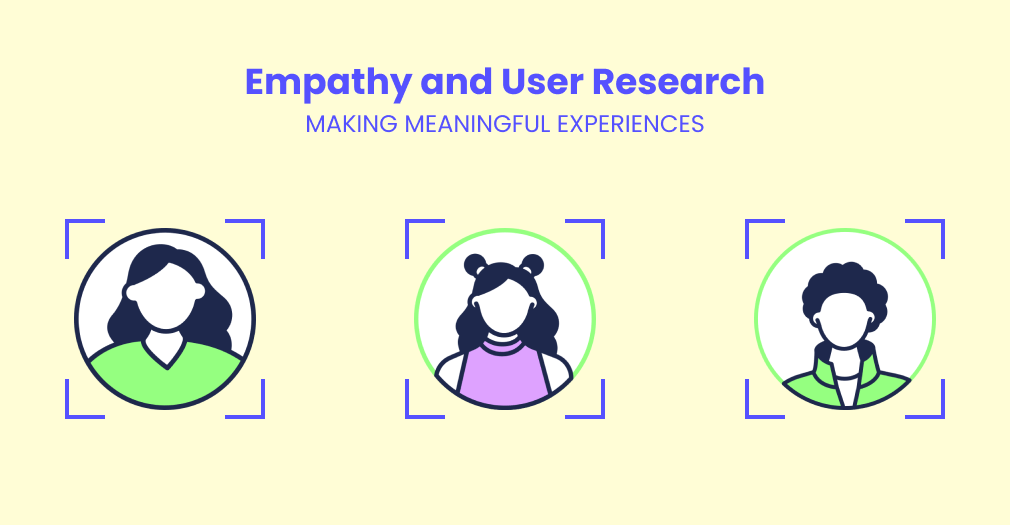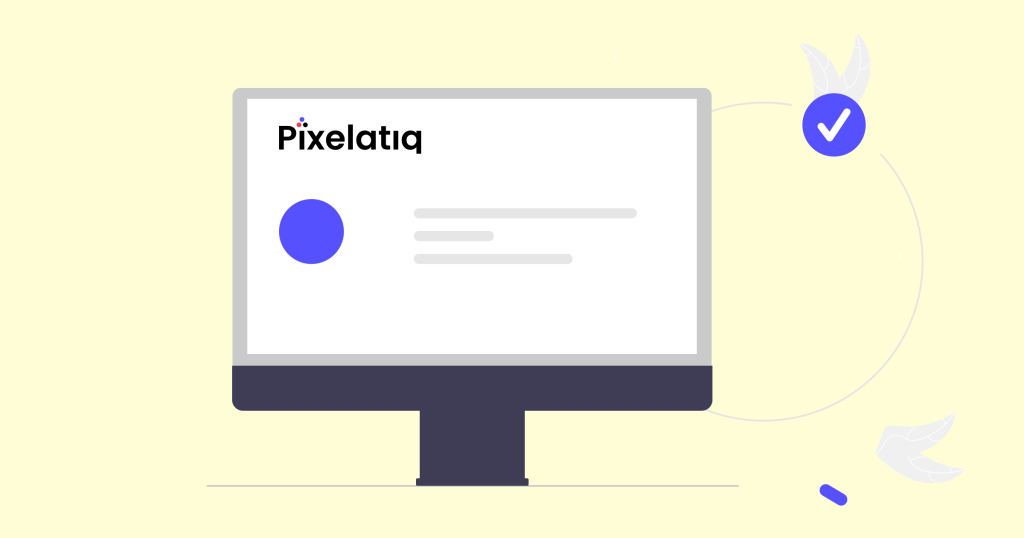In the bustling heart of a city, where neon lights dance against the backdrop of towering skyscrapers, a young entrepreneur finds herself at a crossroads. Her name is Sarah, and she’s on a mission to revolutionize the way people experience coffee. As Sarah steps into her favorite café, the aroma of freshly brewed espresso fills the air, tantalizing her senses and igniting her entrepreneurial spirit. But amidst the hustle and bustle of the busy café, she can’t help but notice something missing, a connection.
In a world dominated by digital distractions and impersonal interactions, she longs to recapture the magic of human connection, one cup of coffee at a time. So begins Sarah’s journey into the world of user-centric UI UX design, where every pixel tells a story and every interaction is an opportunity to create something truly transformative. This article will explore the fascinating world of UI UX design. This is where new ideas meet empathy, and the opportunities are as endless as the digital sky.
- Human-Centered Innovation
- Driving Innovation and Seamless Integration with Technological Advancement
- Disrupting Markets and Redefining Consumer Experiences for Positive Economic Influence
- Conclusion
- FAQs
Human-Centered Innovation
Have you ever stopped to marvel at the magic of a seamlessly designed app or website? You know, the ones that seem to anticipate your every move, making you feel like the protagonist in your own digital adventure?
Well, let me tell you a secret, behind every exceptional UI UX design lies a story of human-centered innovation, where empathy and insight reign supreme.
Core Principles of Human-Centered Design
Imagine stepping into a world where simplicity reigns supreme. No clutter, no confusion, just pure, unadulterated usability. That’s the essence of human-centered UI UX design. It’s about giving experiences that feel like second nature, where every button click and swipe feels instinctive, almost like a dance between you and the interface.

But here’s the kicker, simplicity doesn’t mean sacrificing functionality. It’s about striking the perfect balance between form and function, ensuring that every feature serves a purpose and that every interaction flows seamlessly. It’s about distilling complexity into elegance, creating interfaces that feel less like tools and more like extensions of yourself.
And let’s not forget about accessibility. Imagine a world where everyone, regardless of their abilities or limitations, can navigate the digital landscape with ease. That’s the dream of human-centered design, a world where inclusivity is not an afterthought but a fundamental principle. It’s about designing with empathy, considering the needs of every user, whether they’re using a mouse, a touchscreen, or a screen reader.
The importance of empathy and user research in making meaningful experiences
Now, close your eyes and imagine yourself in the shoes of a UI UX designer. Your mission? To understand your users’ hopes, dreams, and frustrations, and to translate that understanding into pixel-perfect experiences. How do you do it? With empathy as your compass and user research as your guide.

Think of user research as your trusty map, leading you through the uncharted territory of user preferences and behaviors. Through interviews, surveys, and good old-fashioned observation, you uncover hidden insights that illuminate the path forward. You listen intently to the stories of your users, seeking out clues that will help you craft experiences that resonate on a deeply human level.
But here’s the beauty of it all, user research is not a one-and-done deal. It’s a journey of constant discovery, where every new insight leads to a fresh revelation. It’s about embracing a mindset of continuous improvement, constantly refining and iterating based on real-world feedback. As a result, experiences that evolve and adapt alongside their users, growing more intuitive and delightful with each passing day.
Driving Innovation and Seamless Integration with Technological Advancement
Now that we’ve explored the realm of human-centered design, it’s time to set our sights on the horizon of technological innovation. Strap in, because we’re about to embark on a thrilling journey through the ever-evolving landscape of UI/UX design, where every pixel tells a story of progress and possibility.
UI UX design as a driving force behind technological advancements
Imagine you’re standing at the crossroads of design and technology, where creativity knows no bounds and imagination reigns supreme. This is the heartbeat of UI UX design. A world where innovation is not just a buzzword but a way of life. Here, designers are the architects of the future, making experiences that push the boundaries of what’s possible.
However, what drives this relentless pursuit of innovation? It’s simple, the symbiotic relationship between design and technology. You see, UI UX design isn’t just about making things look pretty. It’s about harnessing the power of technology to create experiences that are as functional as they are beautiful. It’s about leveraging cutting-edge tools and techniques to bring ideas to life in once unimaginable ways.
A Symphony of Pixels and Code
Consider yourself as a conductor, orchestrating a symphony of pixels and code. Each line of code is a note in your masterpiece, each pixel a brushstroke in your canvas. Together, they form a harmonious melody of design and technology, weaving a tapestry of experiences that captivate and delight.
But here’s the secret sauce, seamless integration. It’s about blurring the lines between design and technology, creating experiences that feel like second nature to the user. It’s about using animation and motion to breathe life into static interfaces, creating a sense of immersion and engagement that transcends the screen.
And let’s not forget about user engagement. In today’s hyper-connected world, the attention span of people is only 6 seconds, and competition for eyeballs is fierce. That’s where advanced UI UX design comes into play. By understanding the psychology of user behavior, designers can create experiences that captivate and compel, keeping users coming back for more.
The Implications of Advanced UI UX Design
Take a moment to imagine the possibilities. With advanced UI UX design at your fingertips, you have the power to shape the future of technology itself. From augmented reality to voice interfaces, the possibilities are endless. As technology continues to evolve, so too will the role of UI UX design, shaping the way we interact with the digital world for generations to come.
So, if you are thinking of revolutionizing your products you can simply emphasize UI UX design and ensure great functioning of your product design. However, you can simply shift this burden. You can take a free consultancy for your business and product from us. We can assure you of the most affordable offer for making your product stand out in the highly competitive market.
Disrupting Markets and Redefining Consumer Experiences for Positive Economic Influence

As you navigate the ever-evolving landscape of consumer experiences, you can’t help but notice the seismic shifts taking place, driven by none other than user-centric UI UX design. Get ready to embark on a journey where traditional business models are challenged, and new opportunities for growth and differentiation emerge at every turn.
Unlocking the Economic Significance of User-Centric Design
You might be a savvy entrepreneur with a revolutionary product in hand. But here’s the catch, your success hinges not just on the brilliance of your idea, but on the user experience you deliver. That’s where UI UX design comes into play, transforming your vision into a reality that captivates and delights your audience.
However, what makes user-centric design so economically significant? It all boils down to one word which is engagement. By making experiences that resonate with your users on a deep, emotional level, you’re not just selling a product rather you’re forging a connection.
In today’s hyper-connected world, where attention is the most valuable currency of all, that connection can mean the difference between success and obscurity. This connection between you and your audience can eventually make your product highly accepted and credible in the market.
Redefining Consumer Experiences
You can’t satisfy your consumers with just good transactions. Nowadays, they crave something more, something intangible yet infinitely valuable. Enter the experience economy, where the quality of the journey matters just as much as the destination. At the heart of this transformation lies user-centric UI UX design, reshaping the way consumers interact with brands and products.
Imagine walking into a store and being greeted not by rows of products, but by immersive experiences that ignite your senses and stir your emotions. That’s the power of user-centric design, it turns shopping from a chore into an adventure, transforming mundane transactions into memorable moments.
From Challengers to Champions
In the world of business, disruption is both a threat and an opportunity. For those willing to embrace change, it’s a chance to challenge the status quo and carve out a niche in a crowded marketplace. And when it comes to disruption, few tools are as powerful as user-centric UI UX design.
Think of companies like Airbnb and Uber, whose innovative platforms have upended entire industries, reshaping the way we travel and commute. What sets them apart? It’s not just their technology or their business models. It’s their relentless focus on the user experience. By putting the needs and desires of their users front and center, they’ve created ecosystems that are as seamless as they are transformative.
Seizing Opportunities for Growth and Differentiation
In the ever-evolving landscape of business, standing still is not an option. To thrive in today’s fast-paced world, you must constantly innovate, adapt, and differentiate yourself from the competition. And that’s where user-centric UI UX design becomes your secret weapon.
By investing in the user experience, you’re not just creating products, you’re creating value. You’re building brand loyalty, driving customer satisfaction, and laying the foundation for long-term success. So, as you navigate the turbulent waters of the marketplace, remember this: in a world where change is the only constant, the user experience is your North Star. Follow it, and you’ll find yourself not just surviving, but thriving in the new economy of experiences.
Conclusion
As the sun sets on Sarah’s café, casting a warm glow over the bustling streets below, she can’t help but feel a sense of satisfaction. With her new UI UX design in place, the café is alive with energy again, buzzing with conversations and laughter that echo through the night.
But Sarah knows that her journey is far from over. In the ever-changing landscape of technology and innovation, there are always new challenges to face and new horizons to explore. And yet, she’s filled with hope and optimism, knowing that with the power of user-centric design on her side, anything is possible.
So, dear reader, as we bid farewell to Sarah and her café, let us remember the lessons learned along the way. Let us embrace empathy, creativity, and a relentless pursuit of excellence in all that we do. In the transformative world of UI/UX design, the only limit is our imagination. And with that, we set forth into the unknown, ready to shape the future one pixel at a time.
FAQs
Why is UI UX design emphasized as a transformative force?
UI UX design is highlighted due to its profound influence on user experiences across various digital platforms and products. By focusing on intuitive interfaces, seamless interactions, and user-centric approaches, UI UX design has the power to revolutionize how individuals engage with technology, leading to enhanced satisfaction, productivity, and accessibility.
How does UI UX design contribute to sustainability efforts?
UI UX design plays a crucial role in promoting sustainability by incorporating principles such as minimalism, energy efficiency, and eco-conscious choices. Through thoughtful design decisions, including streamlined interfaces, reduced energy consumption, and emphasis on user education, UI UX designers can contribute to environmental preservation and encourage users to adopt more sustainable behaviors.
What ethical considerations are involved in UI UX design?
Ethical considerations in UI UX design encompass various aspects, including user privacy, data security, accessibility, and inclusivity. Designers must navigate complex ethical dilemmas, such as balancing commercial interests with user welfare, ensuring transparency in data collection and usage, and prioritizing accessibility for all users, including those with disabilities. By upholding ethical standards and promoting user trust, UI UX designers can create experiences that are not only engaging but also responsible and respectful of user rights and needs.
